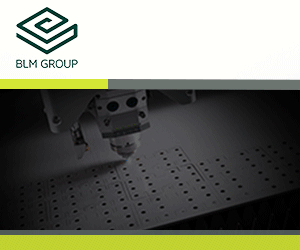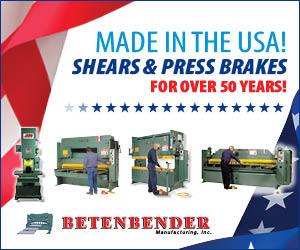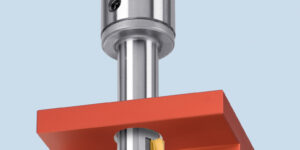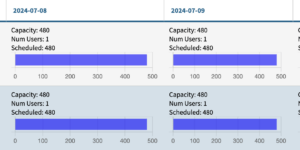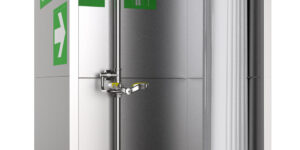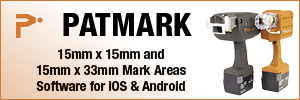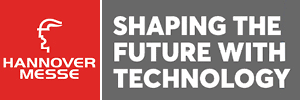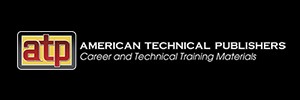Column
Filter by Process Zone:
High Speed Cutting Process Optimization: How to Cut Even Faster
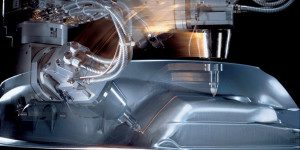
New functions have helped to reduce the cycle times required for 3D laser cutting, outside of the time when the laser is actually cutting. But even with these new technologies, applying the established best practices and tricks can often reduce those times even more.
How to Avoid Messing Up Your Marketing
There is no place to hide: In today’s world, all of your marketing, advertising, social media and public relations messages are fully exposed and claims are challenged. Here are six ways to avoid embarrassing and harmful marketing actions that can menace your company.
What Happened?
During the chaos that often follows a workplace injury, poor incident investigation can often leave us scratching our heads. To improve incident investigation, Phil La Duke of Rockford Greene International explains how to address the five most alarmingly common mistakes that people make under the pressure of the moment.
Using 95/5 Shielding Gas During Low-Alloy Filler Rod Conformance Testing
In filler metal qualification tests where argon/oxygen shielding gas mixtures are used, Regis Geisler of Lincoln Electric explains why and how to leave some wiggle room in contracts to make adjustments as the situation warrants, instead of stipulating how welding will take place with a particular blend.
A Look Back, A Look Ahead
Randy Pearson of Siemens Industry reflects on IMTS 2012, one of the best shows he’s ever attended (and he doesn’t exaggerate) . . . and how it points to the future for CNC and its use at your shop.
The Comeback Player of the Year: Manufacturing
Anne Goyer of the Chemical Coaters Association International explains why now is the time to sustain the momentum.
Achieving Greater Productivity with Modern Laser Cutting Systems
Frank Arteaga of Bystronic explains how new laser cutting systems address the inefficiencies of older systems and offer much higher competitive value and throughput than the older systems on the market today. He also shows how adding full automation can enable you to take advantage of off shifts and weekend operations to meet the demands of your customers.
Spindle Repair: The New Way to Save Money
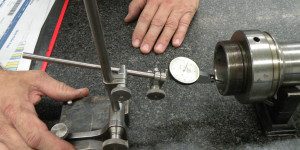
If a spindle on one of your machines fails tomorrow, what’s your backup plan? Can you afford to wait several weeks to receive a new spindle? Spindle repair is another option that many companies are now considering.
The Weakest Link
Any process is most likely to fail at its weakest point. The post processor is often the weakest link in 5-axis machining even though it might not get high visibility during a machine tool purchase. Here are some reasons why it is reckless to invest capital in machinery and software without having a clear plan for post processor implementation.
How to Increase Bandsaw Productivity
Don Armstrong of Marvel Manufacturing explains how new advances in programmable bandsaw controls are so easy to use that even a novice operator can be confident the saw is performing at maximum efficiency.
It’s Your Questions that Make the Sale
The task of today’s salesperson goes way beyond product knowledge and even “solutions.” It’s to help customers discover possibilities they may not have considered or even thought about. Here are examples of how your questions can make the sale.
Disk Lasers: Calculating Their Application in Modern 2D Laser Cutting
Stefan Fickenscher of TRUMPF explains how this efficient technology uses comprehensive, compelling and unique energy management to save on resources and make money for fabricators on a full range of laser cutting applications.





